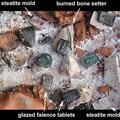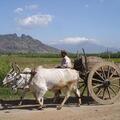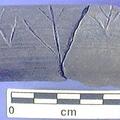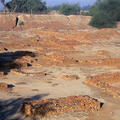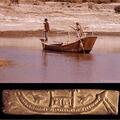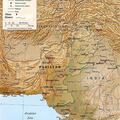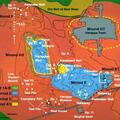Ancient Indus Chronology vs. Other Ancient Civilizations
Whether or not the recent new pushing back ancient Chinese civilization thousands of years is true or not, it is likely that the origins of all ancient civilizations will be pushed back in the years to come. We know very little about possible antecedent cultures, whether in Rakigarhi, Balochistan, southwestern Iran or northern China.


